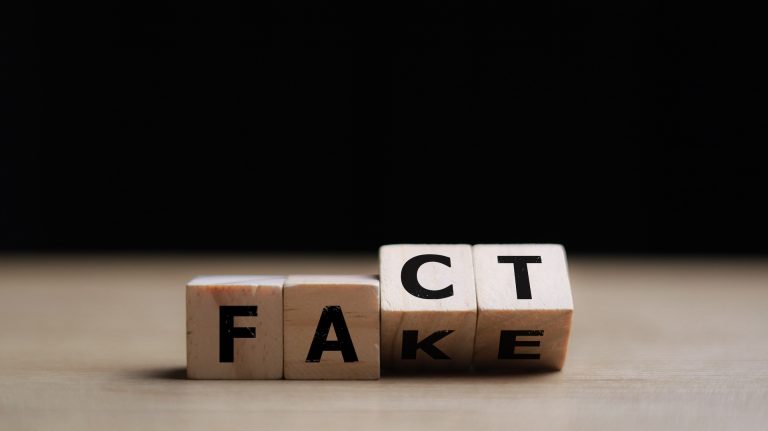The Global Misinformation Epidemic: Unveiling Vulnerabilities and the Urgent Need for Intervention
In an era defined by the relentless deluge of information, the ability to discern truth from falsehood has become a critical skill for navigating the complexities of the modern world. A groundbreaking global study involving over 66,000 participants has shed light on the susceptibility of different demographic groups to misinformation, providing crucial insights into the ongoing battle against fake news. The study, employing the rigorously validated Misinformation Susceptibility Test (MIST), reveals a concerning landscape where age, gender, education level, and political leaning play significant roles in determining an individual’s vulnerability to deceptive content. These findings underscore the urgent need for targeted interventions to equip individuals with the critical thinking skills necessary to navigate the treacherous terrain of online information.
The study’s most startling revelation is the debunking of the "digital native" myth. Contrary to popular belief, Generation Z, despite their immersion in the digital world, demonstrated a lower ability to distinguish real news headlines from fabricated ones. This challenges the assumption that constant exposure to online content translates into enhanced digital literacy. While Gen Z participants were generally self-aware of their shortcomings, the findings highlight a significant gap in their ability to effectively filter and evaluate information. This underscores the need for educational initiatives that move beyond mere digital familiarity and cultivate critical thinking skills specifically tailored to the online environment.
Political ideology also emerged as a significant factor influencing susceptibility to misinformation. Individuals with more conservative political views displayed a greater tendency to believe false headlines. While conservatives were relatively accurate in assessing their own ability to spot fake news, those with more extreme viewpoints exhibited a disconnect between their perceived and actual abilities. This highlights the potential for political polarization to exacerbate the spread of misinformation, creating echo chambers where individuals are more likely to encounter and accept information that aligns with their pre-existing beliefs, regardless of its veracity.
Gender also played a role in misinformation susceptibility, with women, on average, demonstrating a slightly higher likelihood of falling for false headlines compared to men. However, women were more accurate than men in assessing their own abilities, suggesting a greater degree of self-awareness regarding their vulnerability. This nuance emphasizes the importance of considering intersectional factors when developing interventions. Strategies aimed at combating misinformation must be tailored to address the specific needs and challenges faced by different demographic groups, rather than relying on a one-size-fits-all approach.
Education level, traditionally considered a protective factor against misinformation, presented a complex picture. While individuals with higher levels of education generally outperformed those with less education in identifying fake news, they also tended to overestimate their abilities. This suggests a potential for complacency among highly educated individuals, who may assume their educational background provides sufficient immunity to misinformation. This highlights the need for interventions that target all educational levels, emphasizing the dynamic nature of misinformation and the importance of continuous vigilance.
The implications of this study extend far beyond individual susceptibility. The widespread proliferation of misinformation poses a grave threat to democratic processes, which rely on a well-informed citizenry capable of making reasoned judgments. The ability to distinguish truth from falsehood is not merely a matter of individual responsibility; it is a cornerstone of a functioning democracy. Governments and institutions have a crucial role to play in fostering a media landscape that promotes critical thinking and empowers individuals to navigate the complexities of information overload.
The study provides a roadmap for targeted interventions aimed at mitigating the spread of misinformation. Educational programs designed to enhance critical thinking skills, media literacy initiatives, and fact-checking resources can all play a vital role in equipping individuals with the tools they need to discern truth from falsehood. However, the effectiveness of these interventions hinges on a collective commitment to addressing the root causes of misinformation. Political actors, media organizations, and technology platforms must all play their part in fostering a more responsible and informed information ecosystem. This requires moving beyond mere awareness campaigns and implementing concrete measures to combat the spread of misinformation, including stricter regulations on fake news dissemination and greater transparency in online advertising. The fight against misinformation is not just an individual battle; it is a collective struggle to safeguard the integrity of our democratic societies and ensure a future where truth prevails over falsehood.


